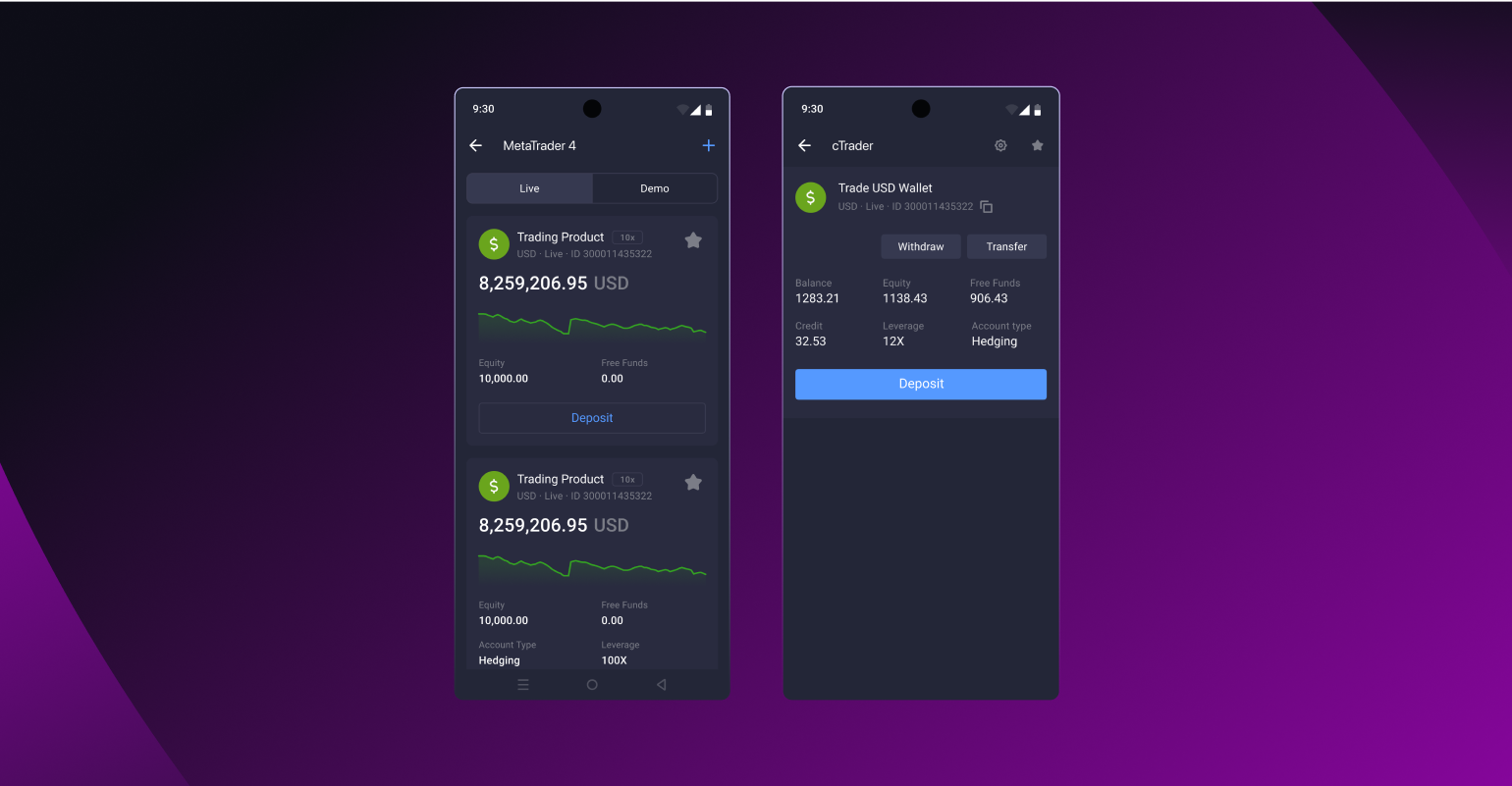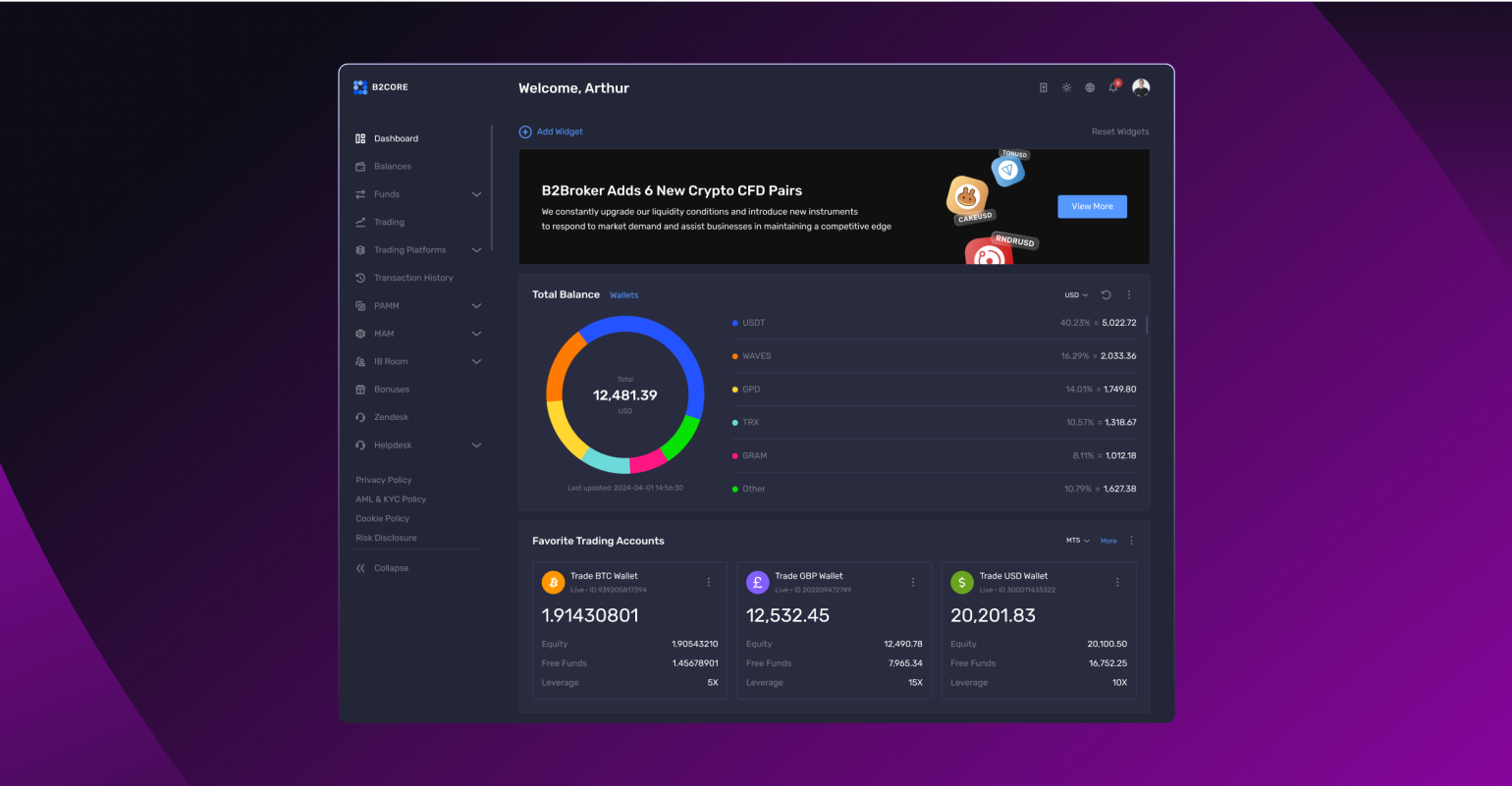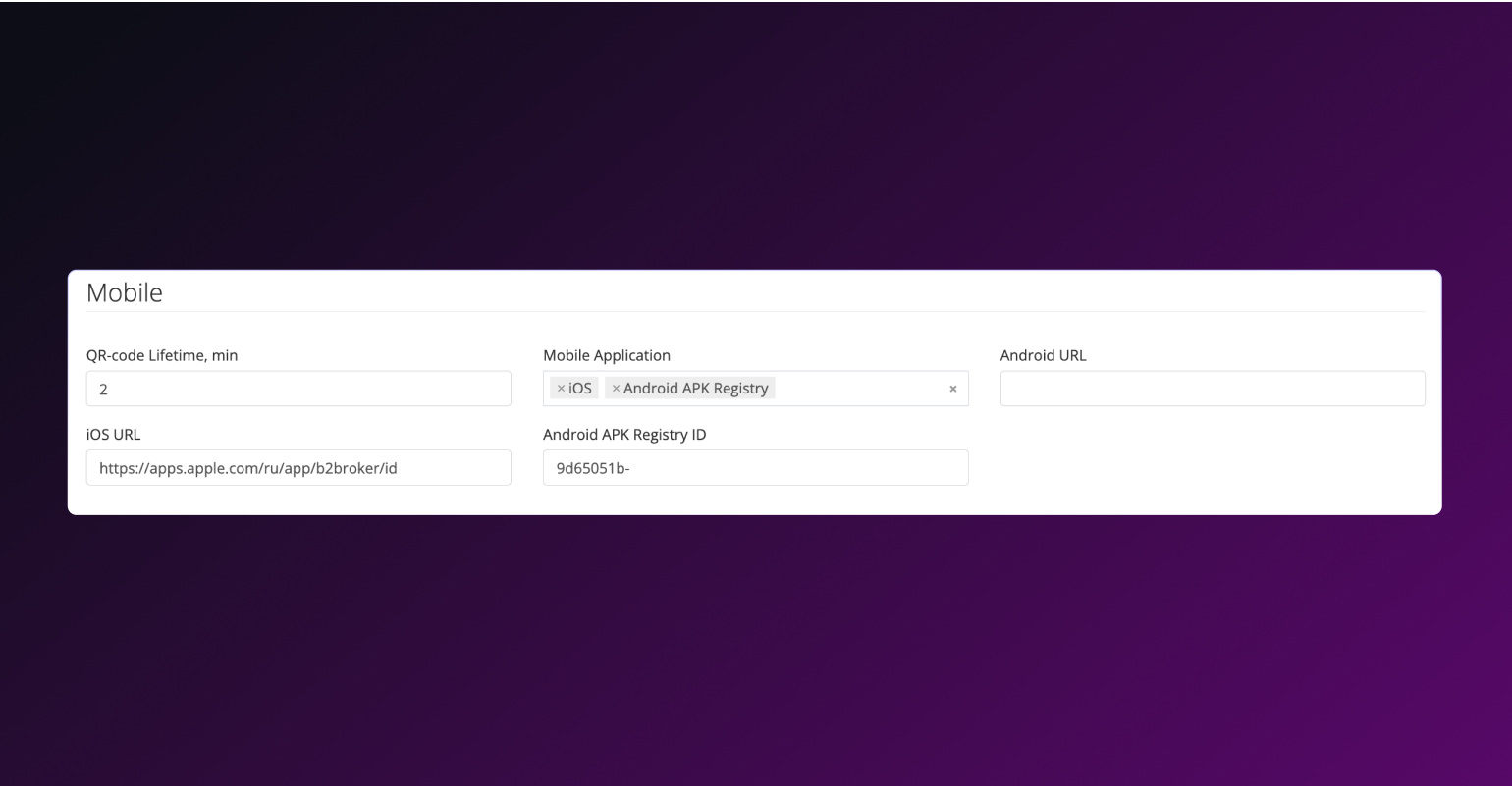In today’s busy work environment, keeping up with messages is crucial. Missing a single voicemail could mean missing an important client call or losing a new opportunity. But with so much going on, checking voicemails isn’t always easy or efficient.
That’s where voicemail to email comes in. This helpful tool sends voicemail messages straight to your email inbox, so you can listen, read, and respond faster. Many businesses find that this feature makes communication smoother and helps them stay organized. Let’s look at five big benefits of using this feature in your office and why it’s becoming a must-have tool.
What is Voicemail to Email?
Voicemail to email is a communication tool that delivers voicemail messages directly to a recipient’s email inbox as audio attachments or transcriptions. This setup removes the need to check a separate voicemail inbox, allowing employees to access messages whenever they check their email. Voicemail to email is especially useful for remote teams or employees who frequently travel, as it keeps all messages in one easily accessible location.
How It Works
Voicemail to email operates by combining several innovative technologies that streamline voicemail management for businesses. First, a Voice over Internet Protocol (VoIP) system is set up to handle incoming calls, converting traditional phone calls into a digital format that can be easily managed and stored.
Next, advanced cloud-based tools transcribe the spoken voicemail message into text. Some providers, like Comexcel Technologies Corporation, go further by emailing both the audio and text versions of the message, plus key details like the caller’s number and time.
With this technology in place, all voicemail information is conveniently available in the email inbox, allowing users to quickly read or listen to messages on their preferred device. Now, let’s look at the practical advantages voicemail to email offers for businesses.
Benefit #1: Enhanced Accessibility and Flexibility
With voicemail to email, employees can access their messages directly from their inbox, ensuring they can listen to important voicemails anytime, anywhere. This enhanced accessibility allows teams to respond to clients or colleagues faster, improving overall communication. By centralizing messages in one place, this feature provides a seamless way to stay connected and responsive.
Benefit #2: Increased Productivity
Accessing voicemails from your email saves employees the hassle of checking multiple inboxes or devices. They can prioritize, archive, or forward voicemails with messages available in one place as needed. According to Business News Daily, employees save up to 30 minutes daily with this feature, making it a powerful tool for boosting team productivity.
Benefit #3: Better Organization and Record-Keeping
When voicemails are stored in email, they can be organized like other messages, with labels, folders, or search functions to locate them quickly. This makes it easy to keep a digital record of messages for reference, helping teams track conversations and ensuring that no details are lost. Companies with high client interaction, like real estate agencies, find this tool invaluable for organizing communication history.
Benefit #4: Improved Security
With voicemail to email, messages are safely stored in your email server, which is typically more secure than traditional voicemail systems. This added security layer protects sensitive business communications and can help companies comply with privacy regulations. Additionally, emails with voicemails can be backed up for added data security. An IBM article highlighted that email servers often come with encrypted storage options, giving voicemail messages a high level of protection compared to standard voicemail systems.
Benefit #5: Faster Response Times
Receiving voicemails in your inbox ensures that messages aren’t missed, reducing response times. With real-time notifications, employees can stay updated and respond quickly to clients or colleagues. This fast access to voicemails can significantly enhance customer service and communication within the company. For example, quick access to voicemails in customer support departments can decrease average response times by up to 20%, leading to higher customer satisfaction.
Special Benefits by Industry
Voicemail to email provides unique benefits across various industries:
- Healthcare: Streamlines patient communications, especially for scheduling and follow-up.
- Legal Services: Maintains a clear record of client messages and requests.
- Real Estate: Helps track inquiries and organize communications with potential buyers.
- Finance: Enhances security and record-keeping for sensitive client information.
Costs and Setup
The setup for voicemail to email can vary, but it’s often straightforward and cost-effective for small and medium-sized businesses. Many providers offer scalable plans that accommodate different levels of usage, making it accessible even for startups. The potential productivity gains and improved client satisfaction often offset initial setup costs, making this feature a smart investment.
Conclusion
Voicemail to email is an innovative tool that enhances communication, saves time, and improves productivity. Integrating this feature can be a game-changer for any business looking to streamline operations. As companies continue adopting this technology, its ability to centralize messages, improve security, and promote fast responses makes it an essential tool for the modern workplace.




















 Bitcoin
Bitcoin  Ethereum
Ethereum  Tether
Tether  XRP
XRP  USDC
USDC  TRON
TRON  Lido Staked Ether
Lido Staked Ether  Cardano
Cardano  Avalanche
Avalanche  Toncoin
Toncoin  Wrapped SOL
Wrapped SOL